It’s probably blasphemous to admit that I’ve never thought very much of John Lennon’s music. Common sense tells me it must be good but it’s never made much of an impact on me no matter how hard I’ve tried to appreciate it. If I like a Beatles song, I usually discover it’s by George. But the discovery from a radio trailer (reluctantly, I’ll have to admit they do sometimes work) that Lennon would have been 75 this week was shocking enough (how could he ever be that old?) to make me tune in on Thursday night to John Lennon’s Last Day.
Stephen Kennedy’s docudrama for Radio 2 (produced by James Robinson) took us through the events of 8 December 1980, from the moment Lennon woke up in his seventh-floor apartment in the Dakota building on West 72nd Street in New York to the fatal shots that killed him, delivered by Mark Chapman from a .38 revolver hidden under his coat. No attempt was made to explain Chapman’s actions. We were simply taken through Lennon’s day, as if walking side-by-side with him. The effect was startlingly vivid, making real how brutal that ending was.
Lennon got up early that day, we were told by the narrator (played deadpan by Ian Hart), before going for a haircut at his favourite barber’s, ready for a photo shoot later that morning with Annie Leibovitz (the result was that extraordinary picture of a naked John curled up against a fully clothed Yoko). Then he gave a radio interview with RKO to promote his first album in five years, Double Fantasy, in which he says, poignantly, ‘My work is not finished until I’m dead and buried and I hope that’s a long, long time.’
At four o’clock John walked out of the Dakota building on his way to a recording studio on West 44th Street. He had to wait for a few minutes for his car to arrive, by which time a small group of fans had gathered round him asking for autographs, one of whom was Chapman. A photograph exists of Chapman with Lennon, taken by an amateur photographer (long before selfies). Chapman failed to carry out his plan at that time (offbalanced by Lennon’s chatty friendliness) but he was still there, lurking in the shadows, when Lennon returned at 10.50 p.m., and this time he accomplished his deadly mission, shooting Lennon in the back four times at close range. His fifth shot missed.
This was all very different from a Radio 4 drama, which would probably have filled in the back story, amplified the details, given us more of the history. Here, instead, we had long clips from Lennon’s songs, carefully spliced in to add to the spooky sense that Lennon had no idea what was ahead of him.
Another hugely influential, if troubled, figure from the last century was celebrated on the World Service on Tuesday. Naomi Grimley’s profile of Eleanor Roosevelt took us to the upper Hudson valley where the former First Lady retired after the death of her husband, Franklin D. Roosevelt. From there she would often broadcast to the nation, one of the first to realise the potential of radio to reach into people’s homes and get your message across by speaking in the most direct way possible to voters. She began with a most terrible high-pitched screech but after training became a powerful voice on air.
It was Eleanor who broadcast to the nation on the evening of 7 December 1941, after the attack on Pearl Harbor, encouraging Americans to get behind the war effort: ‘We know what we have to face and we know that we are ready to face it.’ She held her own press conferences, which only women were allowed to attend, wrote a weekly newspaper column for years entitled ‘My Day’, blogging about her life as First Lady, and later was chair of the committee that drafted the UN Universal Declaration of Human Rights. Yet in spite of all her efforts in forging a life for women beyond housework and children (she was criticised for not playing the wife and not overseeing the housekeeping at the White House) she ended up doing adverts for margarine on TV, as if all her achievements were as nothing.
‘It makes me cringe,’ Allida Black, editor of Eleanor Roosevelt’s papers, told us. We heard a clip. Back comes the high-pitched, whiny voice, the housewifely dialogue, the phoney humility. So different from the poised earlier broadcasts in which she rallied young women to demand the vote and told them, ‘I have faith in you.’
On The Conversation this week (Monday, World Service) Kim Chakanetsa talked with two women who were dealing with missing family members. Visaka Dharmadasa’s son disappeared 15 years ago while serving with the Sri Lankan army against the Tamil Tigers separatist movement. She still believes he is alive somewhere, and now campaigns for peace and for other families who are searching for family members who have gone missing. It’s not like when someone dies, she said. ‘Normally, we say, the time heals. But this, no, the time doesn’t heal.’ Her pain was tangible. She still keeps the chocolates she had ready for her son when he was next on leave in her freezer.
Got something to add? Join the discussion and comment below.
Get 10 issues for just $10
Subscribe to The Spectator Australia today for the next 10 magazine issues, plus full online access, for just $10.

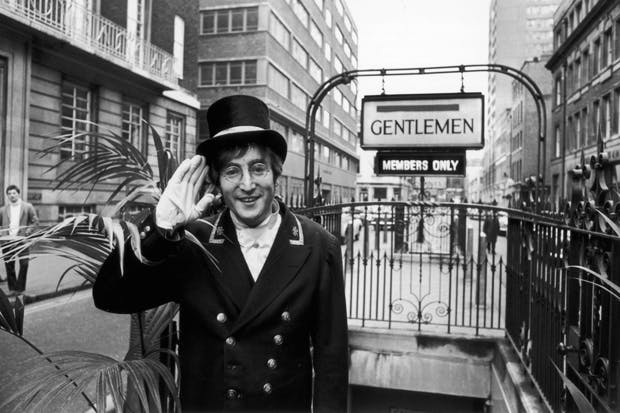
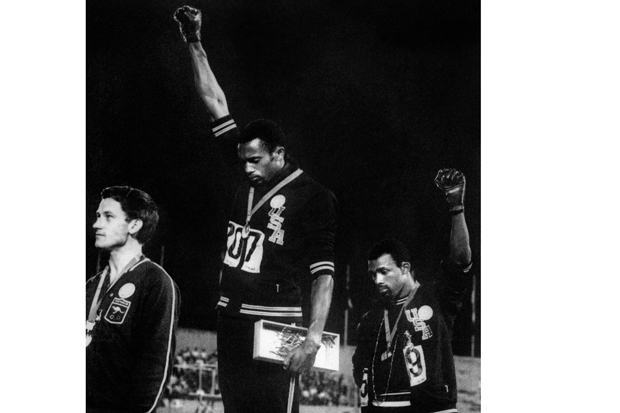
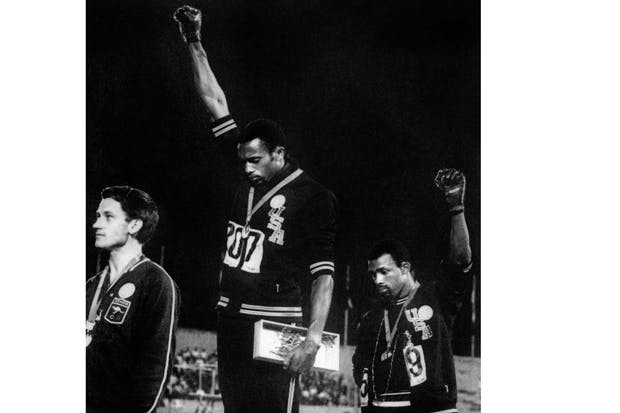
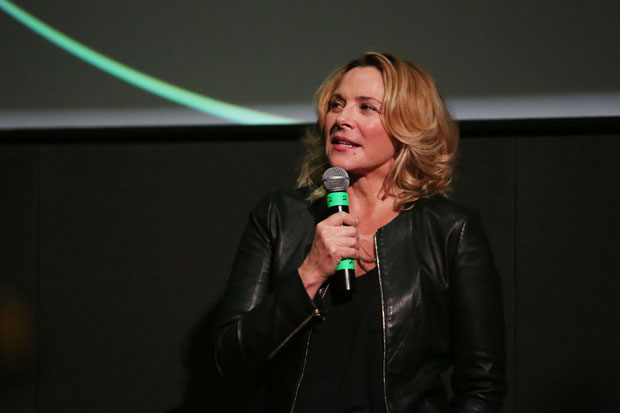
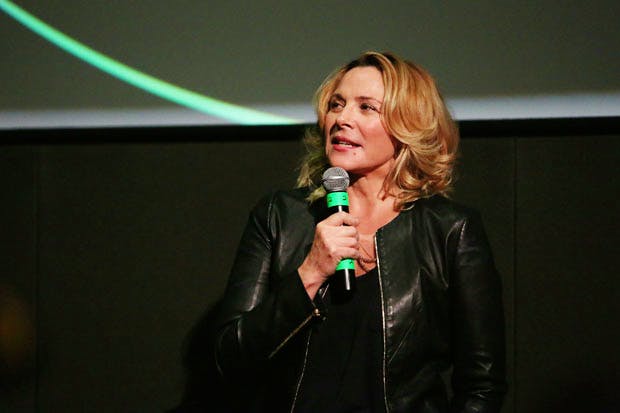






Comments
Don't miss out
Join the conversation with other Spectator Australia readers. Subscribe to leave a comment.
SUBSCRIBEAlready a subscriber? Log in